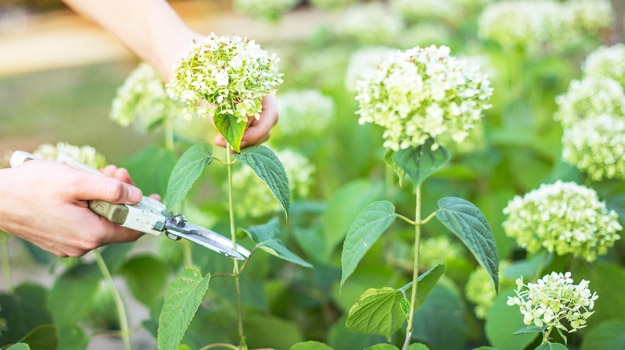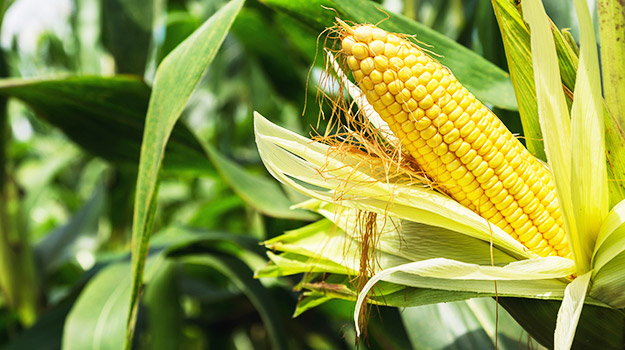
It’s the long, hot dog days of summer. It’s perfectly acceptable to dedicate a few hours to laying around in the shade.
Things may be slowing down a bit, but there are still plants to care for, weeds to pull and bugs to eradicate.
- Ask a neighbor to water your potted plants and hanging baskets if you’re headed out on vacation. They won’t last long without water during the hottest month of the year.
- Gather poppies, statice, yarrow, lavender and cornflowers and dry them for winter arrangements.
- Continue to spray roses if black spot and other fungal diseases are causing problems this summer.
- Cut back annuals hard if they’re looking worn out. They’ll surprise you with a new flush of blooms.
- Feed asters, mums and other fall-blooming perennials one final time before temperatures begin to drop.
- Divide and replant bearded iris. Discard worn out centers and other nonproductive sections.
- Purchase spring-blooming bulbs for planting this fall. Spend a little more for big, plump bulbs.
- Continue to deadhead hardy annuals, but leave a few blooms if you want them to self-sow.
- Trim and feed plants in containers and hanging baskets to keep them blooming until the first frost.
- Stake tall perennials like lilies and dahlias.
- Start dividing spring-blooming perennials.
- Get a head start on annuals for next year’s garden. Take cuttings of tender plants like geranium and fuchsia to propagate and grow indoors this winter.
- If you’ve let your lawn go dormant during the summer, give it a good soaking this month to promote healthy fall growth.
- Sow a last fall crop of frost-hardy plants like kale, peas, beets, spinach, turnips and beans.
- Set squash and pumpkins on boards or shingles to lift them off the soil and prevent rot.
- Sweet corn is ready to harvest when the juice is sweet and milky.

- Continue to feed tomato plants regularly. Remove leaves from the lower part of plants to increase air circulation and prevent disease.
- Cut back herbs to encourage a new flush of growth for one last harvest
- Clean up leaves and other plant debris from vegetable and flower beds.
- Water plants thoroughly and deeply when the top of the soil feels dry to the touch. Avoid frequent, shallow watering which produces weak roots.
- Water mature shrubs periodically during dry spells. Provide enough moisture to soak the soil to a depth of 8 to 10 inches (20-25 cm.)
- Watch for spider mites if conditions are dry and dusty. Remove them with a strong stream of water or insecticidal soap spray.
- Stay vigilant in your war against weeds. Don’t allow them to go to seed.



